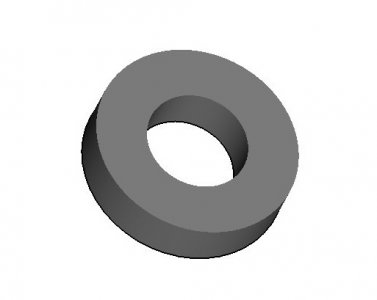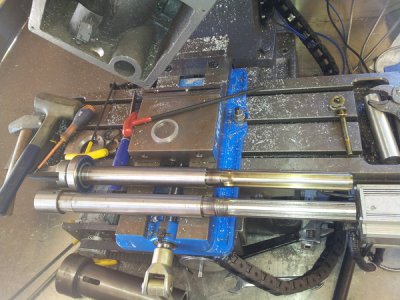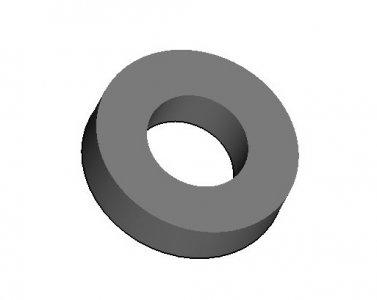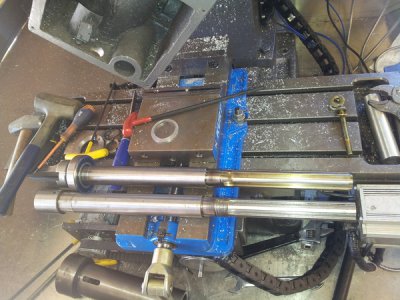I have an Enco 9x20 lathe. Ever since I got it I haven't been able to indicate anything dead true because I get a high point of about.001 on every second revolution of the spindle. I've just lived with it but now it's getting old.To me this says bad spindle bearing as a high roller or ball would make a complete revolution every second revolution of the spindle.
Any thoughts on this?
Any advise on replacing the bearings?
Thanks
Ron
Any thoughts on this?
Any advise on replacing the bearings?
Thanks
Ron





